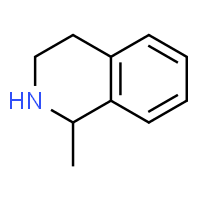23536
Bluelight Crew
- Joined
- Dec 16, 2010
- Messages
- 7,725
this is being sold as a stimulant

pubmed link to 43 studies on same
Looking at the literature, I'm perplexed. Pretty robust as a neuroprotective (NMDA antagonist). Possibly worth looking into.
But what are the subjective effects? Anyone know of experience reports?
and ps: stimulant?
pubmed link to 43 studies on same
Looking at the literature, I'm perplexed. Pretty robust as a neuroprotective (NMDA antagonist). Possibly worth looking into.
But what are the subjective effects? Anyone know of experience reports?
and ps: stimulant?
